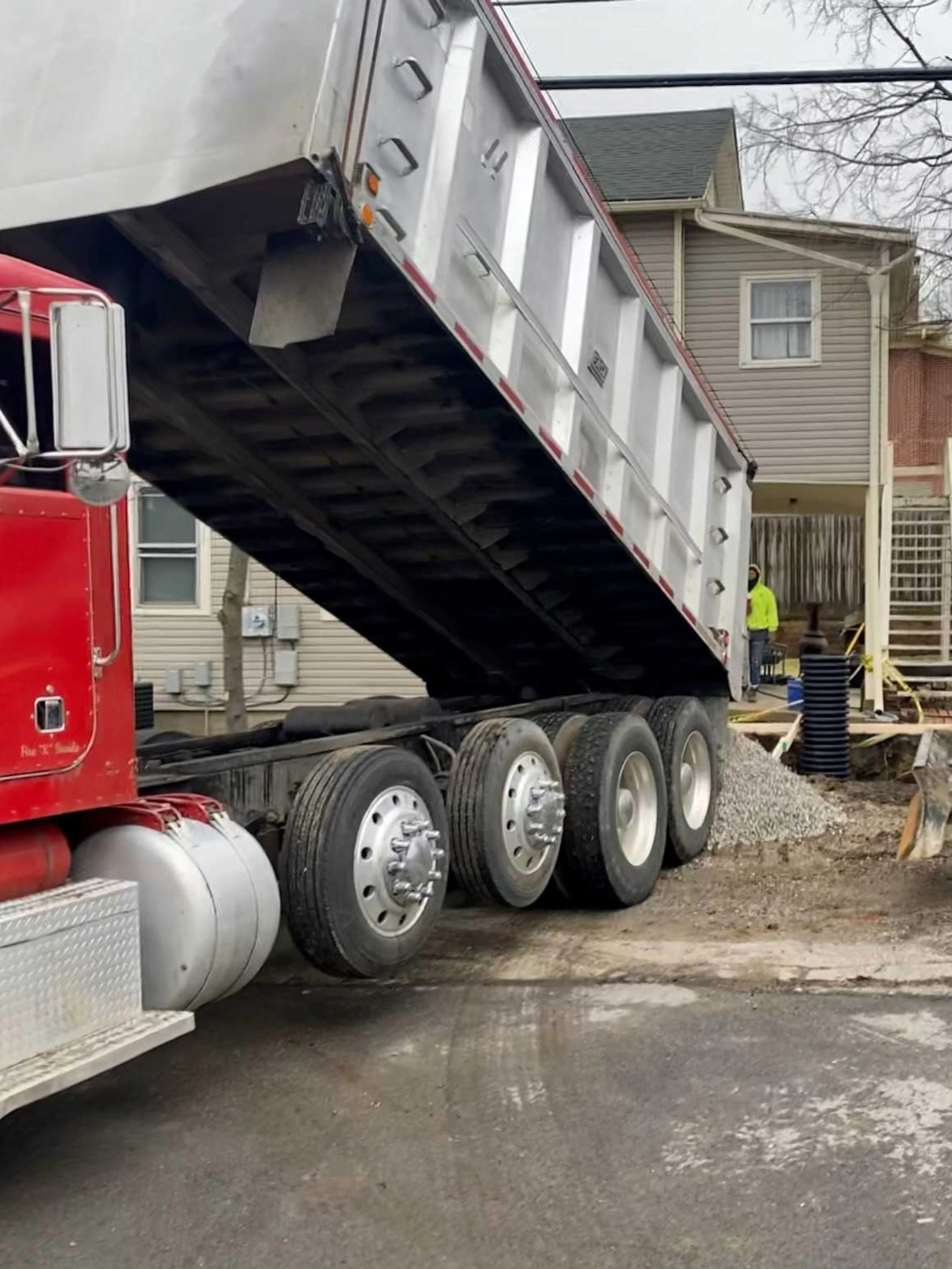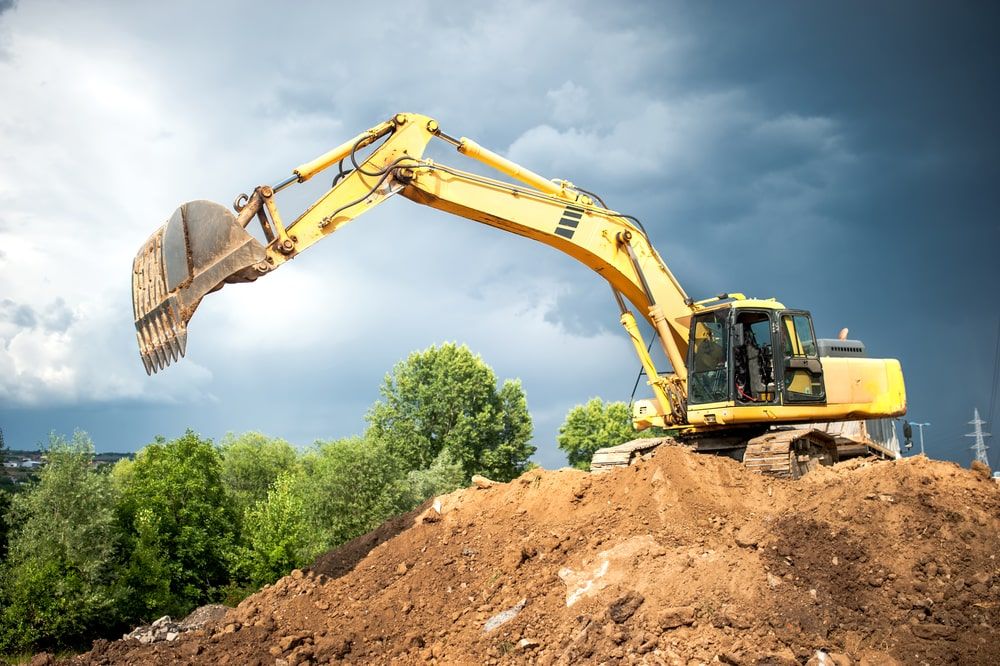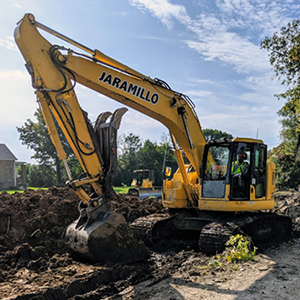Excavating Ohio - Top Excavation Specialists for Ohio Projects
Excavating Ohio - Top Excavation Specialists for Ohio Projects
Blog Article
Comprehensive Expedition: The Science Behind Superior Excavation Practices
The realm of excavation techniques is a domain where scientific research intertwines with workmanship to discover the mysteries concealed below the planet's surface. From old hand tools to modern hydraulic excavators, the advancement of excavation techniques has been a testimony to human ingenuity and technical innovations. What really sets exceptional excavation methods apart is a deep understanding of geological principles, combined with the use of innovative devices and methods. By checking out the science behind these methods, we can uncover the secrets that lie below our feet and value the accuracy and proficiency that enter into every dig.
Evolution of Excavation Strategies
Throughout history, the advancement of excavation strategies has played a vital function beforehand building and construction practices and historical explorations. From the simple tools used by our forefathers to the advanced machinery utilized in modern-day times, the development of excavation methods has actually substantially transformed exactly how we approach various tasks.
In old times, manual work with fundamental tools such as shovels, wheelbarrows, and pickaxes was the key method of excavation. This labor-intensive procedure limited the deepness and scope of excavations, usually resulting in slow-moving progress and limited access to particular websites. Nevertheless, as civilizations advanced, so did the devices and techniques used for excavation.
The Industrial Transformation marked a transforming point in excavation exercise with the introduction of steam-powered equipment. This advancement revolutionized the area, enabling faster and much more comprehensive excavations. In contemporary times, modern technology plays a critical function in excavation, with innovations like GPS systems, drones, and 3D scanning enhancing precision and effectiveness in the area. The evolution of excavation techniques proceeds to shape the method we develop, check out, and recognize the globe around us.
Duty of Technology in Excavation

The integration of cutting-edge technology has actually essentially changed the field of excavation, enhancing accuracy and efficiency to unprecedented degrees. Among the essential technical developments that has actually dramatically impacted excavation techniques is the use of GPS systems. These systems enable exact mapping of excavation sites, enabling drivers to accurately situate underground utilities and structures. Additionally, the usage of telematics in excavation devices has enabled real-time tracking of device performance, bring about positive maintenance and raised operational productivity.
In addition, the introduction of 3D modeling and simulation software has streamlined the planning procedure for excavation projects. Engineers and drivers can now picture the whole excavation procedure prior to beginning, determining potential challenges and optimizing process. In combination with this, home the implementation of drones in excavation activities has assisted in airborne studies, volumetric dimensions, and website evaluations with unparalleled rate and precision.
Geological Principles in Excavation
An understanding of geological concepts is crucial for ensuring the structural stability and stability of excavation sites. Geological elements play a critical duty in determining the feasibility and safety of excavation projects (lancaster excavation). One key geological concept to think about is the kind of dirt or rock existing at the site. Different soil kinds, such as sand, crushed rock, or clay, have varying levels of stability and require different excavation methods. Natural dirts like clay might need added assistance to protect against collapses, while sandy dirts may be prone to disintegration throughout excavation.
By carrying out comprehensive geological studies and evaluation, excavators and engineers can develop methods to alleviate threats and ensure the effective completion of excavation tasks. Ultimately, integrating geological concepts right into excavation methods is critical for achieving risk-free, effective, and lasting outcomes.

Most Recent Devices for Excavation
In the world of excavation techniques, modern technologies in devices have actually changed the performance and accuracy of excavation procedures. Among the current tools making waves in the market useful content is using drones equipped with innovative imaging innovation. These drones can supply in-depth aerial surveys of excavation websites, supplying real-time information on topography and possible dangers. This info aids in better preparation and decision-making throughout the excavation process.
Another cutting-edge device acquiring appeal is the application of 3D printing technology for developing custom-made excavation equipment. This enables the production of specialized tools that are tailored to the details demands of a task, increasing performance and decreasing downtime.
In addition, improvements in products science have actually led to the advancement of more powerful and much more durable excavation tools. dump truck companies in ohio. Tungsten carbide-tipped excavator accessories, for instance, offer remarkable performance in difficult ground problems, improving performance on-site
Science's Influence on Excavation Practices

Furthermore, clinical research on soil auto mechanics and geotechnical design has supplied beneficial insights into dirt actions, allowing excavation experts to make enlightened choices concerning excavation techniques and dirt stablizing techniques. Generally, scientific research proceeds to drive innovation and enhancement in excavation methods, making excavation tasks more efficient, affordable, and lasting.

Verdict
To click this conclude, the development of excavation methods has actually been significantly affected by advancements in technology and a much deeper understanding of geological principles. The current tools and tools used in excavation have actually enhanced effectiveness and precision in the area. The application of clinical expertise has actually considerably boosted excavation methods, causing much more lasting and effective methods for excavating numerous sorts of products.
In the realm of excavation practices, contemporary innovations in tools have transformed the efficiency and accuracy of excavation procedures. By leveraging scientific principles, the excavation sector has actually been able to substantially enhance effectiveness, precision, and security in excavation processes. GPR permits excavation groups to non-invasively scan and map subsurface frameworks, utilities, and potential threats, enabling them to plan excavation tasks with higher precision and lowered threat of crashes.
In addition, scientific research on dirt auto mechanics and geotechnical design has provided beneficial insights right into soil actions, enabling excavation professionals to make enlightened decisions regarding excavation techniques and soil stablizing techniques. On the whole, scientific research continues to drive advancement and enhancement in excavation techniques, making excavation jobs more effective, cost-effective, and sustainable.
Report this page